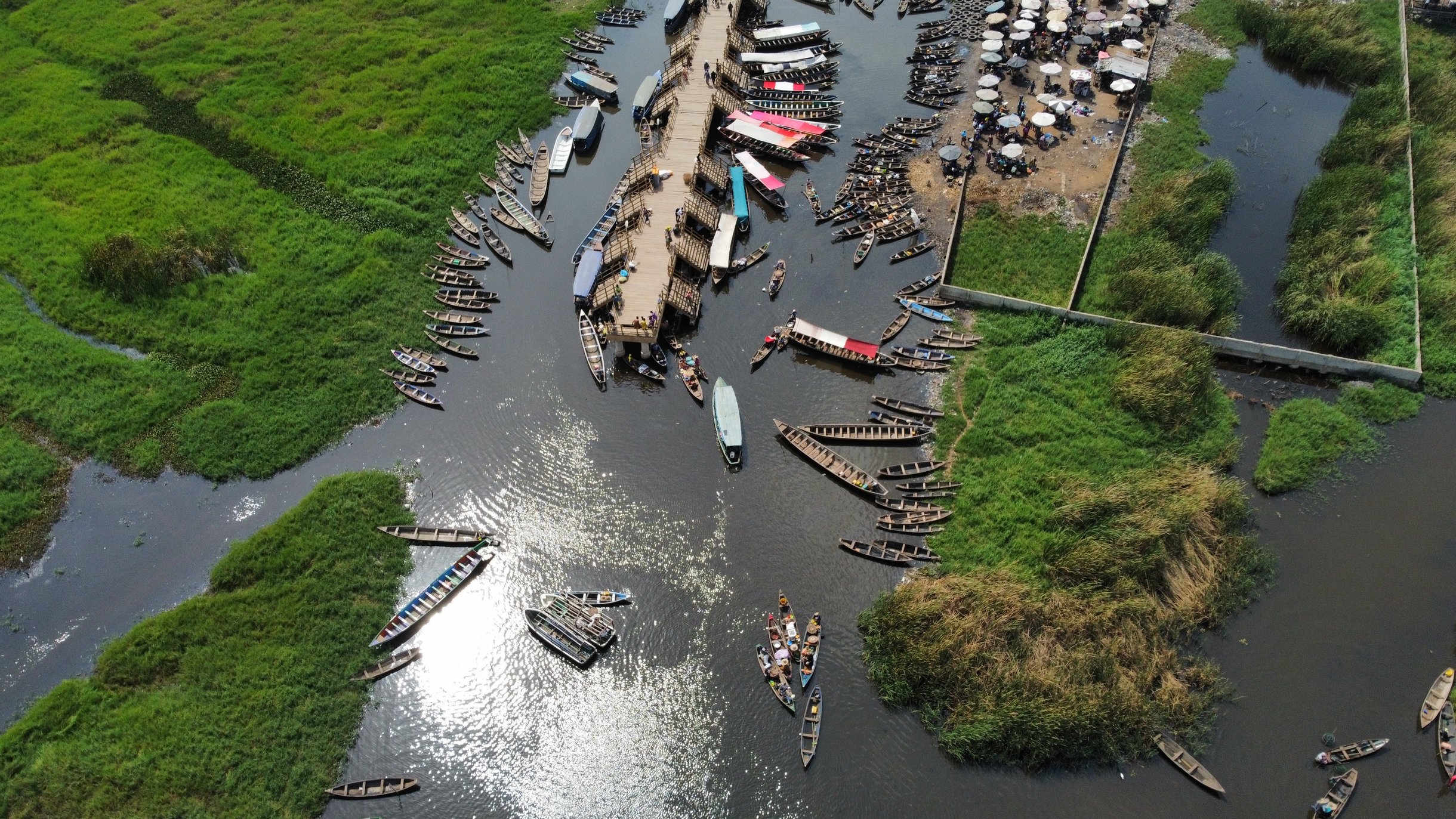
Ridding the world of river blindness
The Onchocerciasis Vaccine for Africa (TOVA): A new tool to help prevent, control, and eliminate river blindness from Africa.
1/20/2024: TOVA announces FDA submission
TOVA sent in an informational package to the FDA to begin the process towards an IND submission and the first clinical trials of a vaccine for onchocerciasis. This marks an important step towards eliminating this disease.
Background
The International Community has set ambitious targets for elimination of river blindness - also called onchocerciasis - as a public health problem by 2030. Considerable progress has been made through annual and bi-annual mass treatment with the drug ivermectin over decades. However, in areas of high prevalence, transmission of the infection persists even after 20 years of mass treatment. Furthermore, disease modelling studies suggest that it may not be possible to achieve complete onchocerciasis elimination using one drug alone, even after 50 years of annual treatment.
The World Health Organization (WHO) defines elimination as the reduction to zero of the incidences of an infection caused by a specific pathogen in a defined geographical area, with minimal risk of reintroduction. This is not eradication, which is the permanent complete removal of a disease from the world.
The WHO has classified river blindness as a ‘neglected tropical disease’ with a goal of achieving elimination of transmission by 2030 in at least 12 countries through eliminating the need for mass drug administration (MDA) in the entire endemic population, in 1 focus in 34 countries, and in more than 50% of the population in at least 16 countries.
However, it became evident that if elimination of onchocerciasis is to be achieved on a more extensive scale, new and additional interventions are required. A vaccine would complement and augment ivermectin treatment and other future therapeutic treatments when they became available as it addresses identifiable deficiencies in current ivermectin-based control programmes which exclude children under 5 years and cannot used in communities where onchocerciasis is co-endemic with loiasis, a second parasitic filarial infection.
TOVA partners have been working towards the development of a vaccine for over 25 years. Three vaccine candidates have been selected based on their ability to evoke strong protective responses capable of reducing parasite burden of immunized animals by more than 50%.
TOVA aims to take at least one of these vaccine candidates or combination thereof through Phase I trials by 2025. The immediate task is to manufacture the vaccines and demonstrate their safety in accordance with national and international regulations and WHO guidelines. Ultimately, TOVA aims to alleviate the suffering caused by onchocerciasis in the world.
https://dndi.org/press-releases/2016/african-eye-worm-study-shows-disease-leads-to-increased-mortality/
Our Organization
Find out about our mission.
What is River Blindness?
Find out more about the disease.



